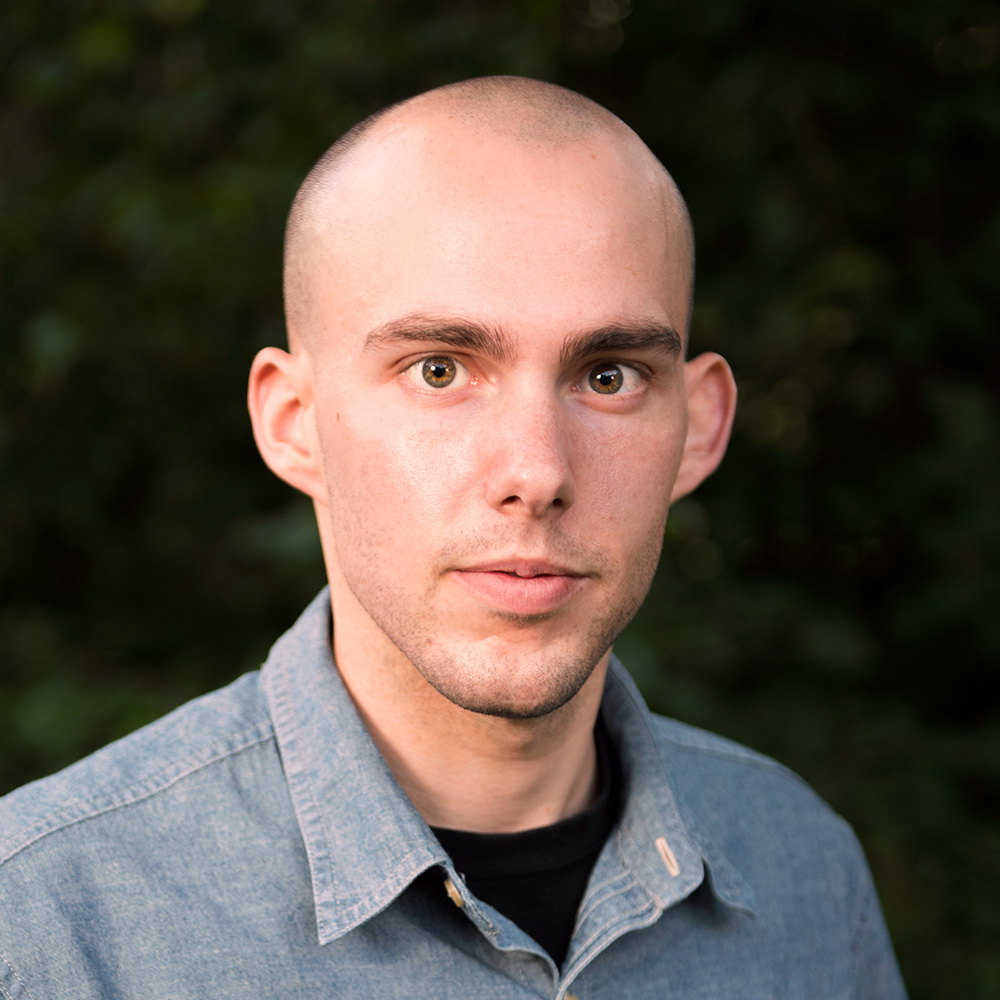For photographers who use Adobe software to manage and edit their images, there are two primary applications to use: Lightroom and Photoshop. There are two versions of Lightroom — the regular version (formerly known as CC), and Classic.
I exclusively use Lightroom Classic, but Lightroom shares many features with Classic. When do I opt for using Photoshop instead of just Lightroom?
Advantages of Lightroom
Lightroom has become increasingly powerful and more capable over the years, and many photographers find that Lightroom does everything they need from photo editing software. Compared to Photoshop, Lightroom of course has library management tools, but it also has an intuitive and accessible user interface. It’s incredibly easy to make non-destructive adjustments to your RAW images in Lightroom.

Advantages of Photoshop
Photoshop, on the other hand, features a more complex workspace. It is not as straightforward to make basic adjustments to your images in Photoshop as it is in Lightroom. It is also more powerful software in certain regards, specifically with respect to utilizing a layers-based workflow and removing unwanted objects from your images.
Lightroom does have some healing tools — which are capable — but Photoshop’s content-aware technology is particularly impressive.
When it comes to making precise selections, Adobe Photoshop is also an excellent choice. Adobe has added various selection tools to Lightroom over the years, including color range and luminosity-based selections. However, Photoshop continues to deliver more powerful selection tools for precise and localized editing.

Another advantage of Photoshop is its incredible compatibility with various plug-in software. While Lightroom Classic accepts numerous plug-ins, Photoshop’s compatibility cannot be bested. I use plugins from Alien Skin and Nik Collection frequently when editing images and making black and white conversions. In my experience, these simply work better through Photoshop. Using Photoshop allows me to keep various plug-in edits on individual layers, which makes future adjustments very easy.
Further, while Lightroom has added automated tools for creating panoramic and HDR images, Photoshop remains my go-to application for stacking images together, especially for focus stacking. With that said, combining Lightroom and Photoshop for focus stacking is great. I can adjust one of the series of images and then sync those edits very easily across multiple images in my Library. Then, with each image selected, I can open them as layers in Photoshop.
Utilizing a combined workflow using Lightroom and Photoshop
Ultimately, my preferred way to take advantage of Lightroom and Photoshop is to use them both to create my final images. When making basic adjustments, I can easily rely solely on Lightroom to organize, edit and finalize my image files.
However, when I want to focus stack images, which I do quite frequently, or make precise selections for either removing objects or performing local adjustments, I can open the image in Photoshop right from the Lightroom library. After editing the image, I can then return to Lightroom to find the edited file in addition to my original raw image file.

Readers who use Lightroom and/or Photoshop to edit your images, what are some image editing tasks you perform in each software? How do you utilize each Adobe photo editing application in your workflow? Let us know in the comments below.













